Vital Substances: Qi
6 Functions of Qi
Holding
Qi can hold the Blood and Body Fluids in the right place
LU Qi holds the sweat
SP Qi holds the Blood within the vessel
KD/UB Qi hold urine within the bladder
Transporting
Qi transports Blood and Body Fluids around our body
Qi can ascend, descend, exit, and enter in different tissues and organs in our body
Ascending and exiting are Yang, and descending and entering areYin
Raising
As Qi is Yang in nature, Qi is inclined to its raising function
Qi can raise the Blood and Body Fluids, and even organs to the right place
Protecting
Qi can ascend and exit, in other words, it can go up and outward to protect the body
Defensive Qi irrigates the space between the skin and muscles, and it pushes out any exterior pathogens that invade that space to get deeper into our body
Warming
Qi is Yang in nature, so Qi is able to warm
Transforming
When there is warmth, transformation can take place
SP Qi transforms food into Food Qi
HT Qi transforms Food Qi into Blood
KD/UB Qi transforms fluids into urine
Essence can transform into Qi and Qi itself can transform into Mind
Movements of Qi
4 movements of Qi: ascend, descend, exit, and enter
Theory of 5 Elements: Liver Qi expands, meaning it ascends and exits, Heart Qi flares upwards, Lung Qi contracts, meaning it descends and enters, and Kidney Qi moistens downwards
Triple Burner:
Heart Fire in the Upper Burner descends to the Lower Burner to warm the Kidney Water, and Kidney Water in the Lower Burner ascends to the Upper Burner to cool the Heart Fire
As Spleen Qi in the Middle Burner ascends, Liver Qi ascends from the Lower Burner on the left; as Stomach Qi in the Middle Burner descends, Lung Qi descends from the Upper Burner on the right
Production of Different Types of Qi
Qi of the Stomach and Spleen together are called, “Central Qi” or “Zhong Qi”
The Stomach Qi “rots and ripens” the food, then the Spleen Qi transforms that into “Food Qi” or “Gu Qi”
Food Qi rises to the chest, enters the Lung, combines with the air, “Qing Qi,” and becomes “Gathering Qi” or “Zong Qi”
With the help of “Original Qi” or “Yuan Qi,” Gathering Qi transforms into “True Qi” or “Zhen Qi” in the Lung
True Qi has two forms: “Nutritive Qi” or “Ying Qi,” and “Defensive Qi” or “Wei Qi”
Nutritive Qi flows within the Blood Vessels; nourishes the organs
Defensive Qi flows outside the Blood Vessels; protects the exterior of the body and regulates the temperature of the body by controlling the sweat pores
Food Qi also rises to the chest, goes to the Lung and then enters the Heart, where it is transformed into the Blood with the help of an agent called “Original Qi” or “Yuan Qi”
Original Qi
It facilitates the transformation of Gathering Qi into True Qi in the Lung
It facilitates the transformation of Food Qi into the Blood in the Heart
It is known as the motive force for transformation in physiological activities
It originates in between the two Kidneys, related with the Essence and the Fire of the Gate of Life
From the Kidney, it spreads to the entire body and organs through the Triple Burner
It emerges at the Source points of each acupuncture channels
Next, we are going to learn about the third Vital Substance, Blood. If you have any feedback or questions about the material covered, please don’t hesitate to contact at junhwa@tcmexplained.com. Until next time.
* The content is provided only for education purposes and is not intended to be a substitute for professional medical advice, diagnosis, or treatment.
References
1. Cheng, Xinnong, ed. Chinese Acupuncture and Moxibustion. 3rd ed. Fifteenth Printing 2014. Beijing: Foreign Languages Press, 2012.
2. Kaptchuk, Ted J. The Web That Has No Weaver: Understanding Chinese Medicine. 2nd ed. New York: McGraw-Hill, 2000.
3. Maciocia, Giovanni. The Foundations of Chinese Medicine: A Comprehensive Text for Acupuncturists and Herbalists. 3rd ed. Philadelphia: Elsevier Churchill Livingstone, 2015.
